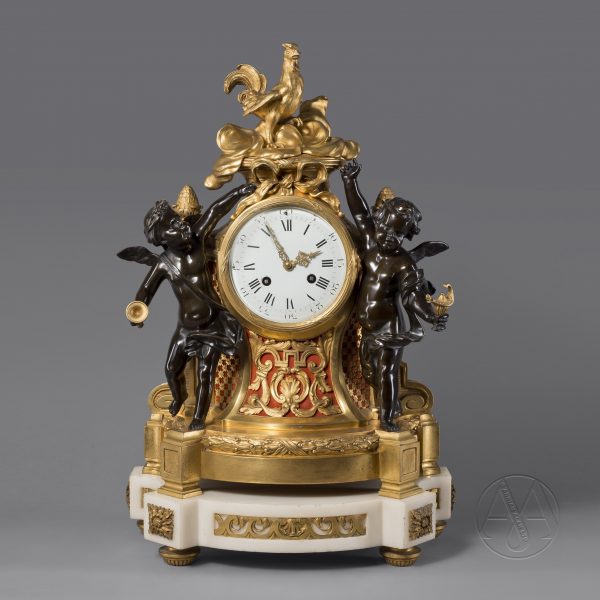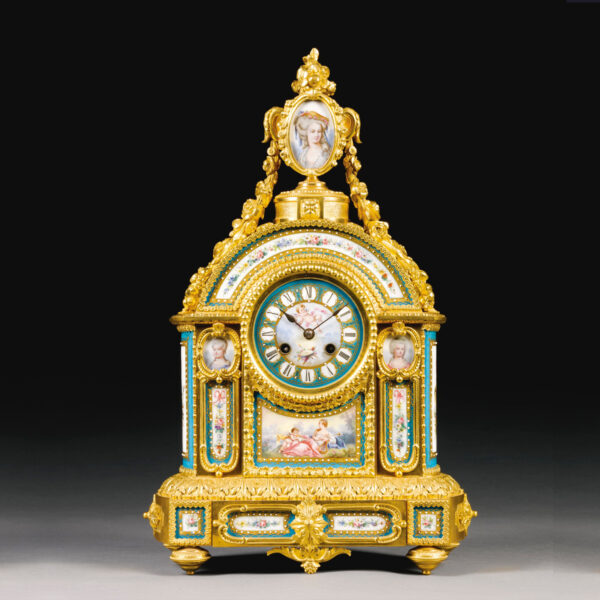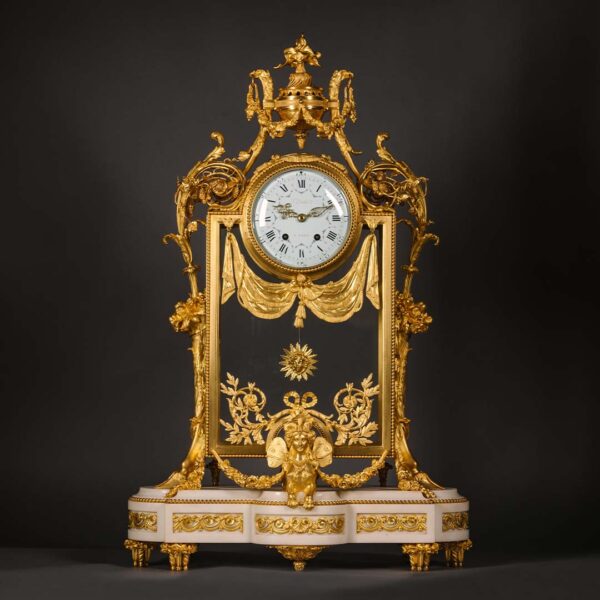Баккара
'Pendule Fleur d'Hélianthe' Редкие часы из граненого хрустального стекла, позолоченной и патинированной бронзы
£38,000
'Pendule Fleur d'Hélianthe' A Rare Cut-Crystal Glass, Gilt and Patinated Bronze Sunflower Vase Clock, By Cristalleries de Baccarat, Paris. The...
Размеры
Height: 66 cm (26 in)Width: 19 cm (8 in)
Глубина: 13 см (6 дюймов)
Описание
‘Pendule Fleur d’Hélianthe’
A Rare Cut-Crystal Glass, Gilt and Patinated Bronze Sunflower Vase Clock, By Cristalleries de Baccarat, Paris.
The sunflower stem is suspended in an ovoid glass body etched with berried branches, the large sunflower head surrounded by leafy branches and central dial with Arabic numerals and rotating against a fixed hand, the vase mounted on a naturalistic flowering branch bases with pinecone feet.
Stamped ‘Baccarat‘, The clock movement signed ‘Planchon à Paris’
Франция, около 1900 года.
This unusual and supremely decorative clock is exemplary of the ingenious ‘objets de luxe’ created when Baccarat were at the height of their creative powers at the turn of the 20th century, a period which culminated in their award winning display at the Exposition Internationale de l’Est de la France, held in Nancy in 1909.
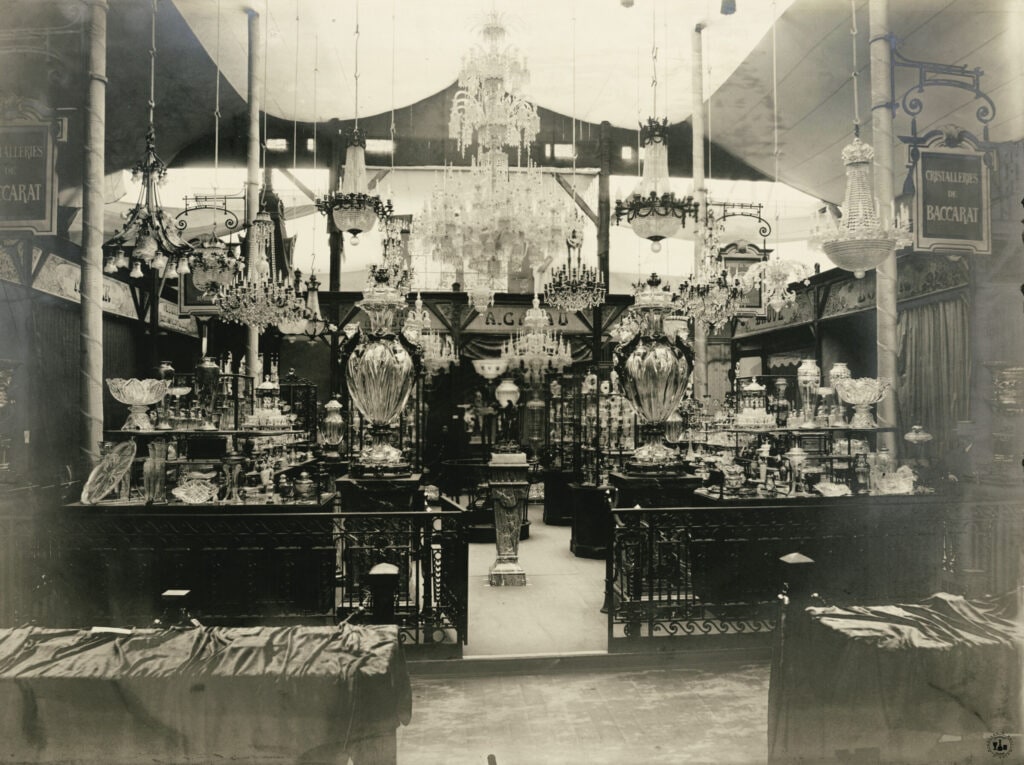
The Baccarat stand at the Exposition Internationale de l’Est de la France, Nancy, 1909.
Дата
Около 1900 года
Происхождение
Франция
Средний
Стекло
Подпись
Stamped 'Baccarat', The clock movement signed 'Planchon à Paris'
Baccarat is the world’s leading manufacturer of crystalware. Founded in 1764 under the patronage of Louis XV as Renault et Compagnie, the firm became known as the Compagnie des Cristalleries de Baccarat during the nineteenth Century.
The company began to flourish at the beginning of the Nineteenth Century, as the effects of the Napoleonic Wars abated, and its reputation was consolidated by the official approval from various sovereigns and heads of state. At the 1823 Exposition Nationale in Paris, it was Baccarat’s crystalware that Louis XVIII was said to have particularly admired, appreciating its ‘beautiful workmanship’.
It was Charles X’s visit to the crystalworks in 1828 however that had the most significant repercussions for the company. Baccarat presented the monarch with a gift of two magnificent Medici Vases, a large crystal Ewer, a fifteen piece Tea Service and a five-piece Water Set. The king then ordered a dinner service for the Tuileries, while the Duchess d’Angoulême personally chose a set of eighteen glasses, described by her as ‘..sturdy, balanced, perfect’. Later Louis-Philippe and Napoléon III also visited the crystalworks and were followed by a succession of French presidents and foreign heads of state.
François-Eugène de Fontenay (who joined the company in 1841) discovered that by the addition of the nickel oxide in the manufacturing process, a perfectly clear product, ‘crystal glass’, free of discolouration and imitating precious rock crystal was produced. This is just one of many technical innovations and improvements discovered by Baccarat, that make it the company it is today.
The Baccarat company was awarded a Gold medal at the French Exposition des Produits de l’Industrie in 1855 and has continued to carry off the top prizes ever since. In 1867 they exhibited a gigantic fountain twenty four feet tall, with a basin ten feet in diameter, which it was said ‘simply took visitors breath away’.
With the continuing improvement in their manufacturing standards, the quality of Baccarat’s ‘crystal glass’ improved and reached the highest level by the end of the century, competing successfully with the Bohemian glass industry. Baccarat ‘crystal glass’ is highly regarded, not only for its unusual clarity, but also for its great solidity and weight.
Bibliography:
‘La Compagnie des Cristalleries de Baccarat, Tarif des Articles d’Eclairage’, (Paris), Edition 1903-4.
Curtis, Jean-Louis. Baccarat, Thames and Hudson, (London), 1992.
Meyer, Jonathan. Great Exhibitions: London, New York, Paris, Philadelphia, 1851-1900, Antique Collector’s Club, (Woodbridge, UK), 2006; p.263.
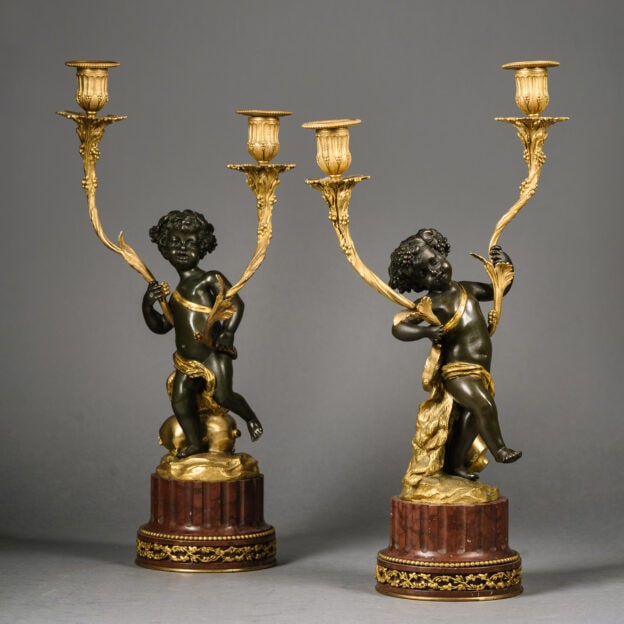




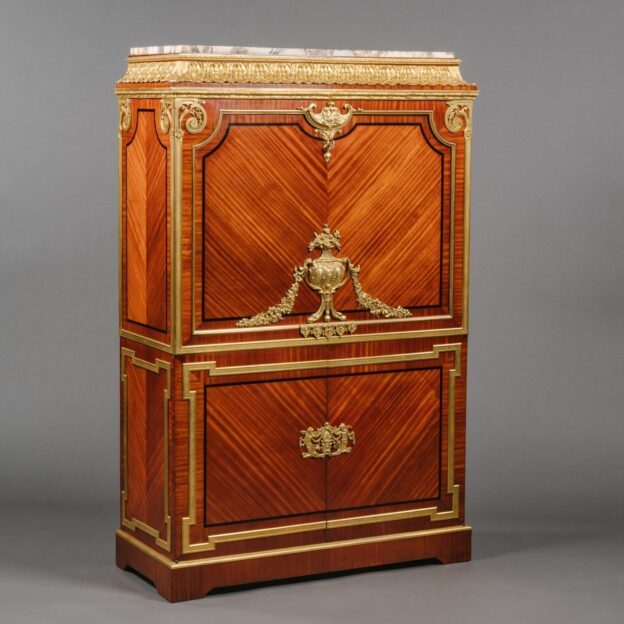
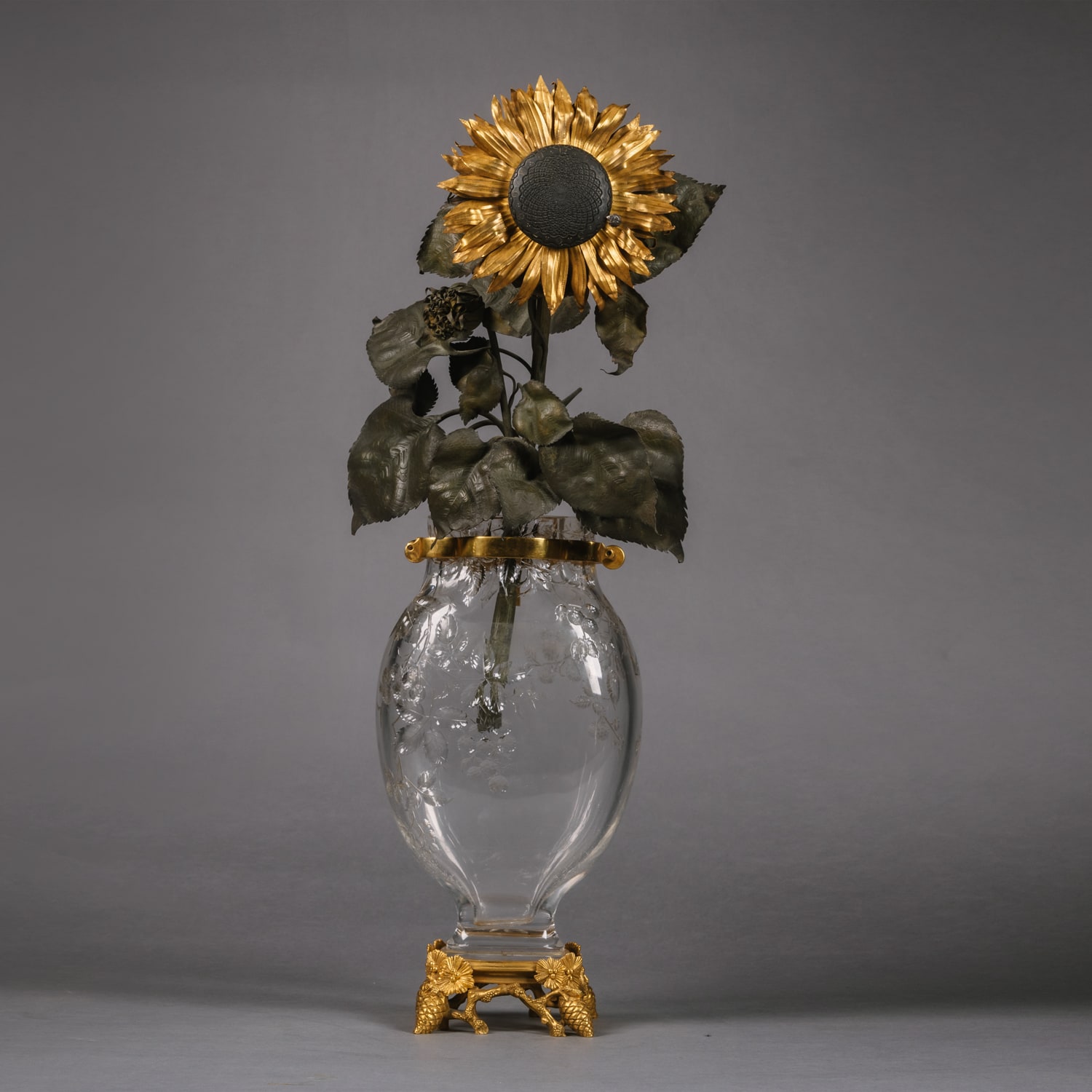
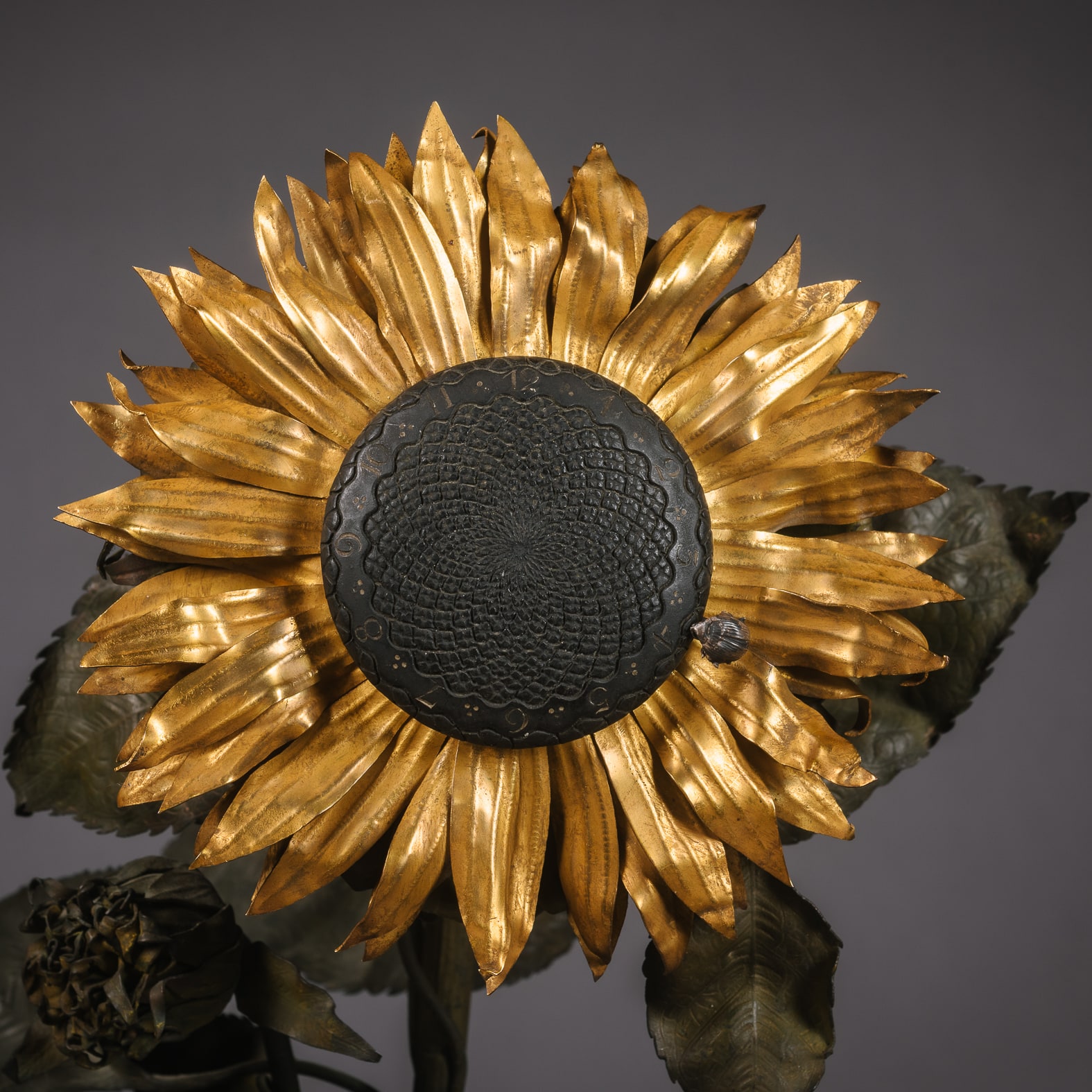

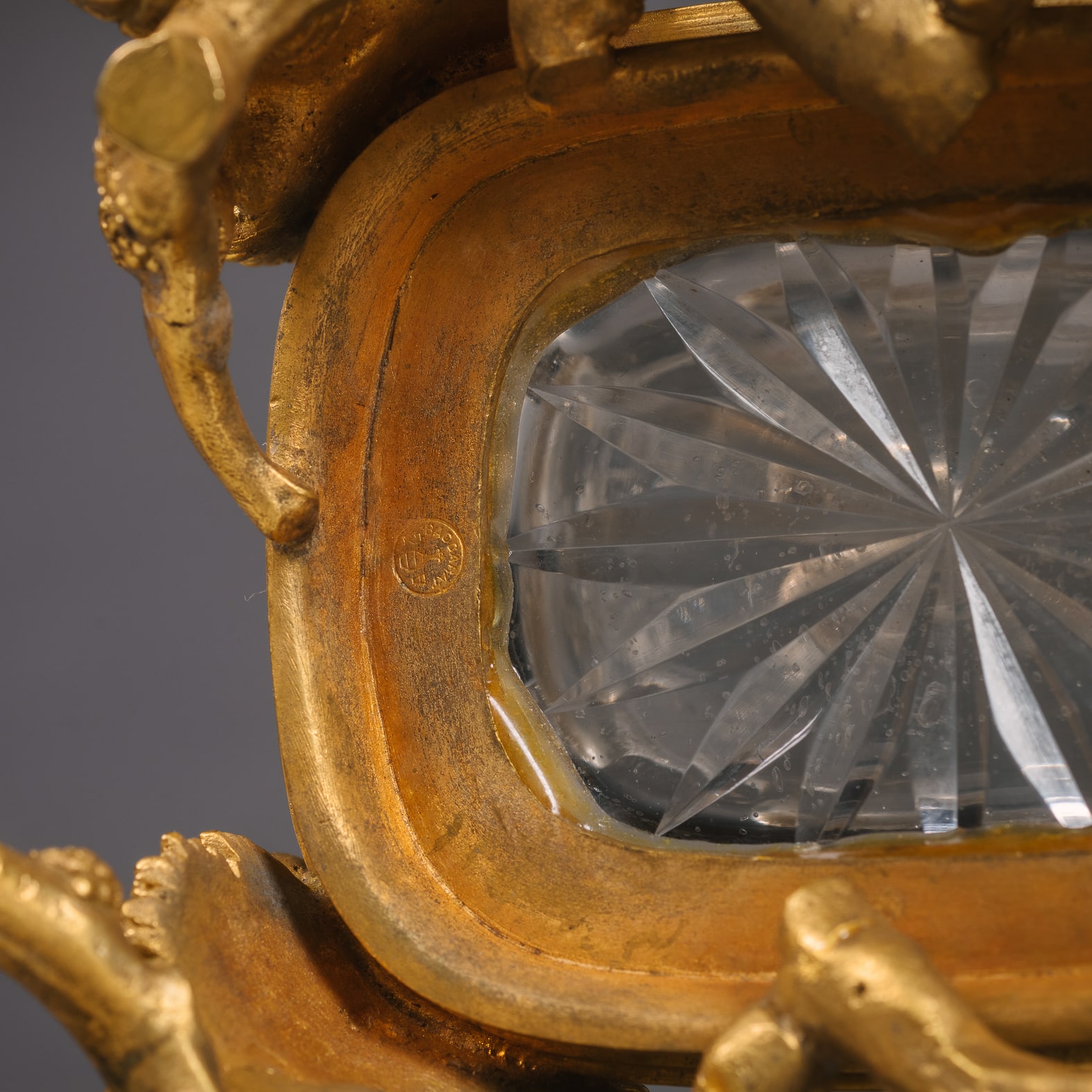

 Печать
Печать